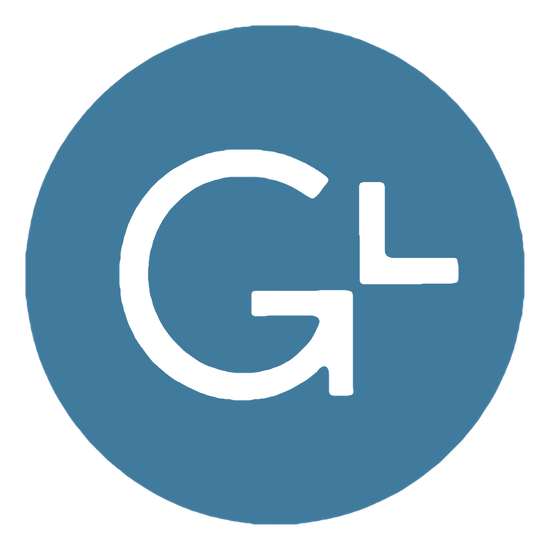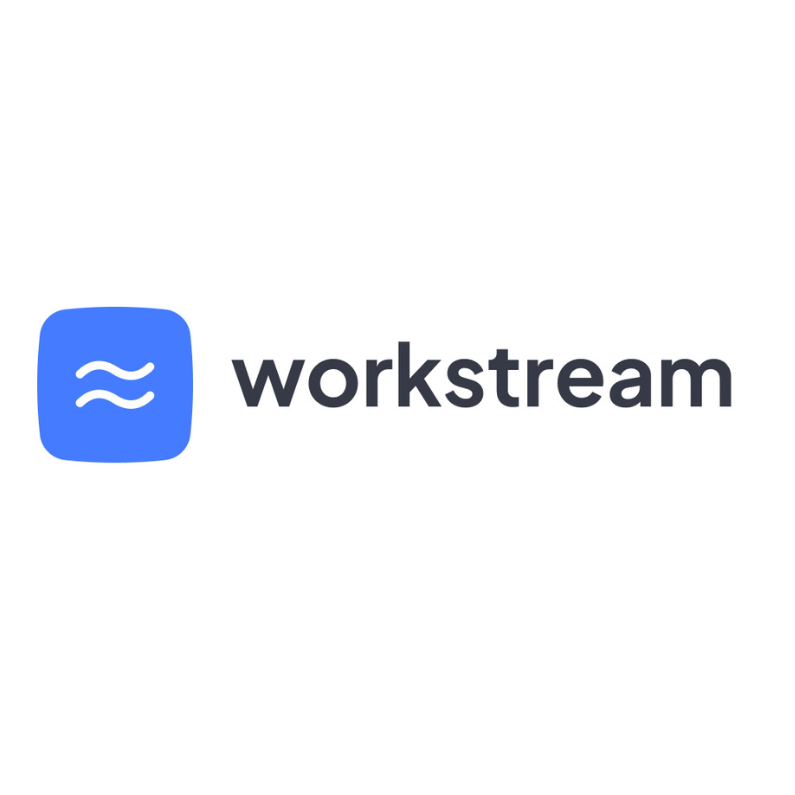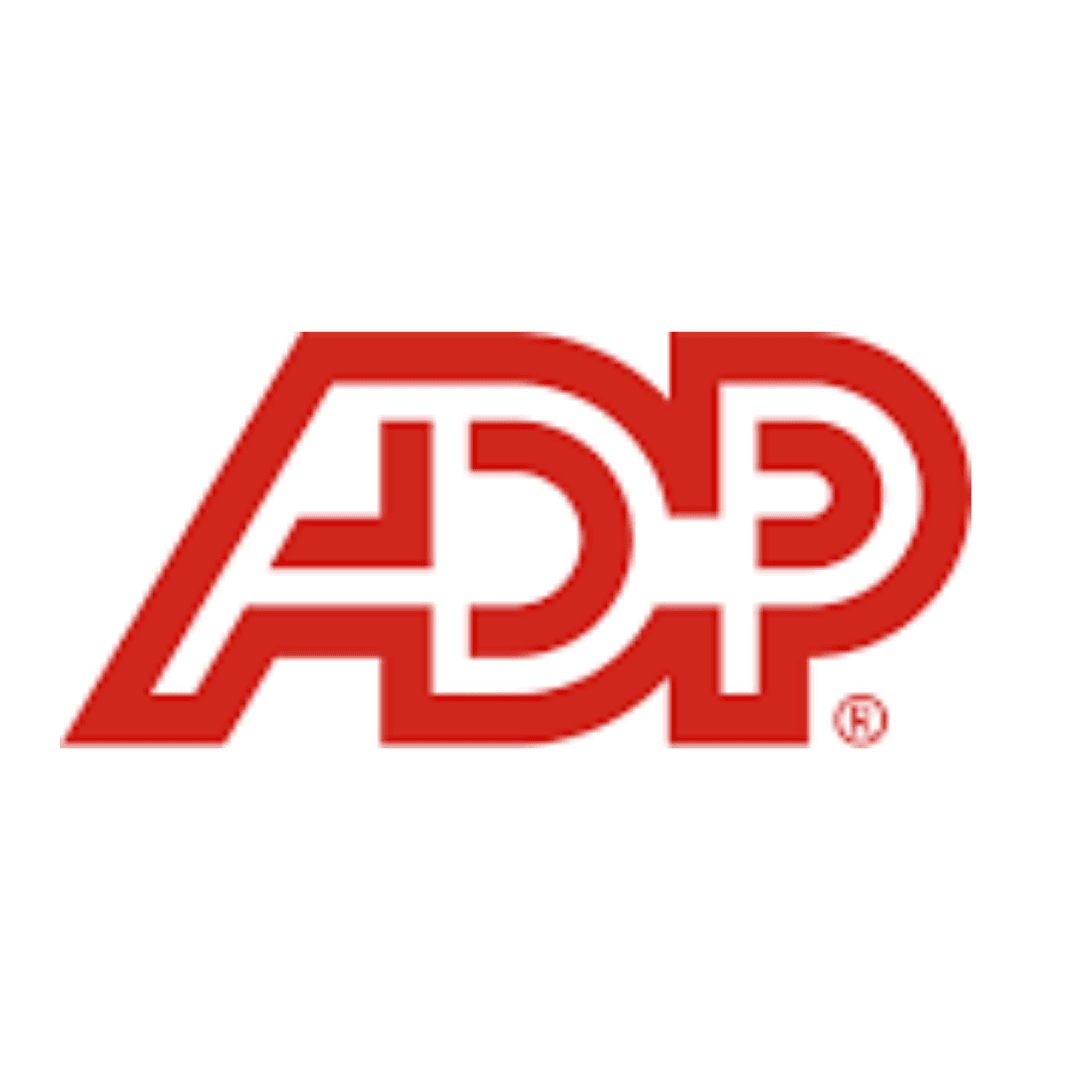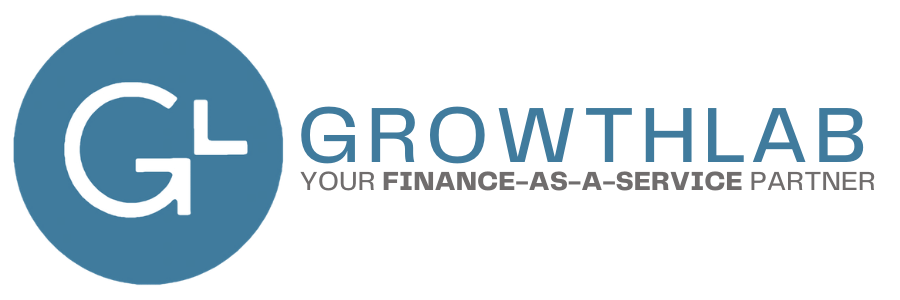Planning Ahead for Payroll, Benefits, and HR System Transitions
One of the most common things I hear from small business owners is: “We want to add benefits, and we need them up and running in two weeks.” This desire for a quick turnaround comes from a good place. Whether you’re a business owner, Operations Manager, Office Manager, or someone else within your organization charged with this responsibility, I know you want to support your team, respond quickly to feedback, and do the right thing. You care about your people, and when they bring something to your attention, you want to act fast.
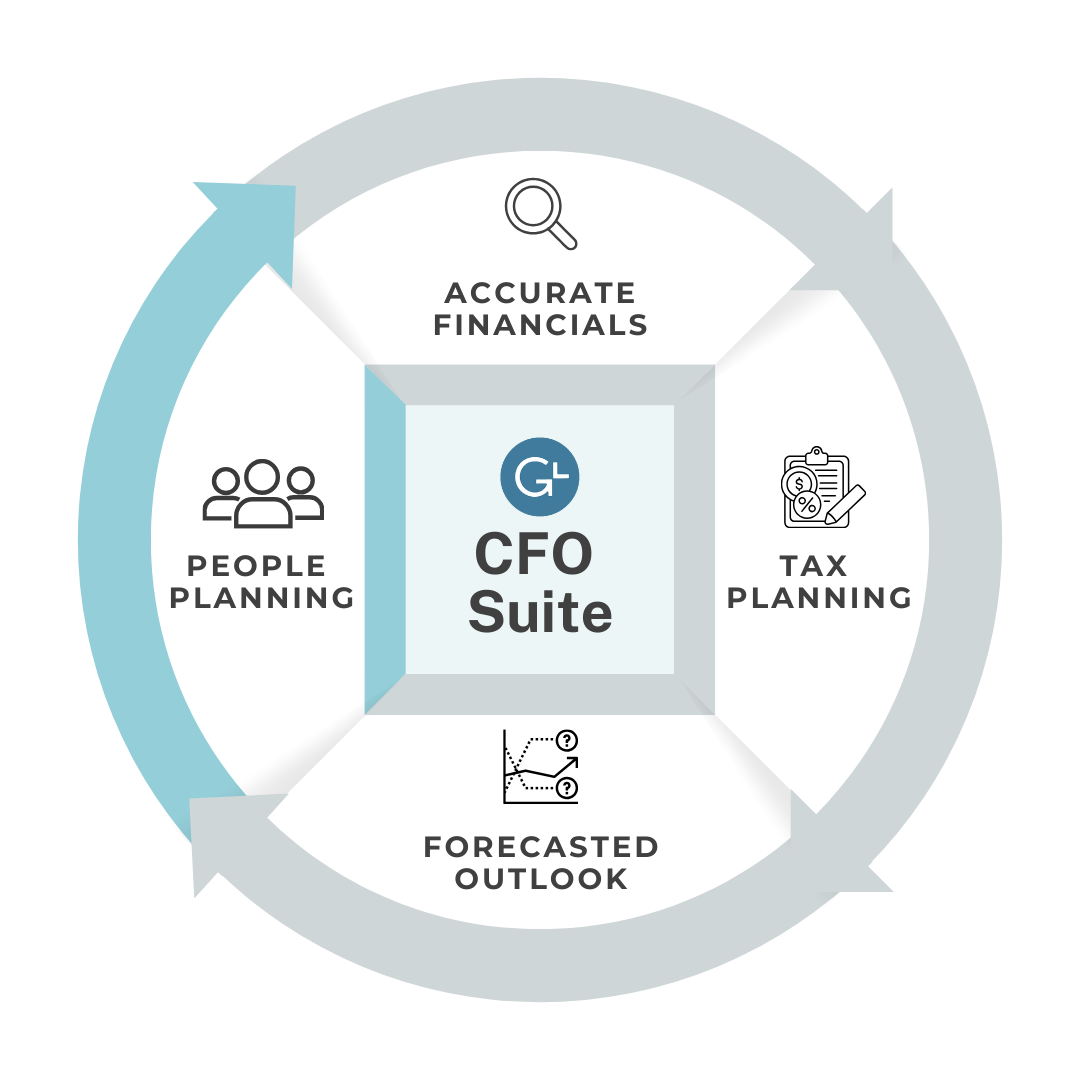
Topics Covered in this Blog:
- Why rushing HR changes can backfire
- How to plan payroll, benefits, and system transitions
- Choosing the right benefits for your team and budget
- Setting up payroll with compliance and cash flow in mind
- Managing smooth payroll or HR system migrations
That instinct is a good one, but it can also be a double-edged sword. Acting too quickly without a solid plan can lead to rushed decisions, costly mistakes, and solutions that don’t actually fit your team’s needs or your business model.
The truth is two weeks just isn’t enough time to make thoughtful, strategic decisions that will actually work for your business in the long run.
I see this same timeline assumption pop up when companies are adding payroll for the first time or switching to a new payroll or HR system. These kinds of changes feel like they should be simple, but they’re not. Behind every “easy” setup is a lot of important decision-making: about how your company operates, what matters to your team, what you can afford, and what kind of experience you want to create for your employees.
Whether you’re launching something new or transitioning away from something old, the success of these changes really depends on how much time and thought you give to planning. A solid rule of thumb? Start the conversation
at least six months in advance.
Benefits Should Fit, Not Just Be Fast
Choosing benefits isn’t just about checking a box. It’s about creating offerings that align with your company culture, make sense for your team, and stay within budget. You want benefits that actually benefit your employees. Not just options that were fast to set up.
With a rushed timeline, you're forced to go with what's available
right now, which often means limited choices and missed opportunities. Taking the time to
evaluate your goals, compare plans, and gather employee feedback helps you land on benefits that are meaningful, sustainable, and actually valued by your team.
Adding Payroll Is a Strategic Move, Not Just a Checkbox
When you’re adding payroll for the first time, it’s not just a technical task. Payroll impacts everything from how employees get paid, to how taxes are managed, to how professional your operations feel.
A six-month lead time gives you the breathing room to:
- Select a provider that fits your budget and future growth plans
- Understand compliance responsibilities
- Set up proper workflows
- Align your payroll cadence with your cash flow cycle
- Communicate clearly with your team about what to expect
Skipping this planning period can lead to late payments, tax errors, and a lot of stress on both sides.
Ready to Meet Your Fractional HR Team?
Switching Systems? It’s a Whole Project, So Treat It Like One
If you’re moving from one payroll or HRIS platform to another, it doesn’t happen at the flip of a switch; it’s a full-scale project. And like any good project, it deserves a plan.
That means:
- Outlining key dates and responsibilities
- Making sure data is transferred accurately
- Ensuring the new system is configured correctly
- Giving your team time to learn the new system
- Running a test payroll before the real one goes out
The goal is a seamless transition, not a scramble. The last thing you want is to process your first payroll in a new system without double-checking that tax info transferred correctly or that your team understands how to access their pay stubs.
Plan Now, Stress Less Later
I get it; six months feels like a long time when you’re eager to support your team. But good planning protects you from rework, confusion, and financial surprises. It also gives you time to make choices that reflect your values and priorities, not just what was quick to implement.
If you’re thinking about any kind of change to your people operations, like payroll, benefits, or systems, start the conversation now. Future You will be so glad you did.
Frequently Asked Questions
How far in advance should we plan payroll or benefits changes?
We recommend starting at least six months in advance to allow time for budgeting, provider comparisons, compliance setup, and employee communication.
What are the risks of rushing a payroll or HR system change?
Rushing can lead to tax errors, late payments, missed deadlines, or data migration issues that affect employee trust and business compliance.
What should we look for in a new payroll or HRIS provider?
Focus on cost, scalability, customer support, integrations, compliance tools, and user experience—for both admins and employees.
How do we know what benefits our team actually wants?
Survey your employees, review industry benchmarks, and consider your company values and budget. Taking the time to ask pays off in long-term satisfaction.
What does a smooth HR system migration involve?
It should include data audits, a clear transition timeline, testing before go-live, employee training, and a communication plan.
Other Blogs Related to HR People Advisory

